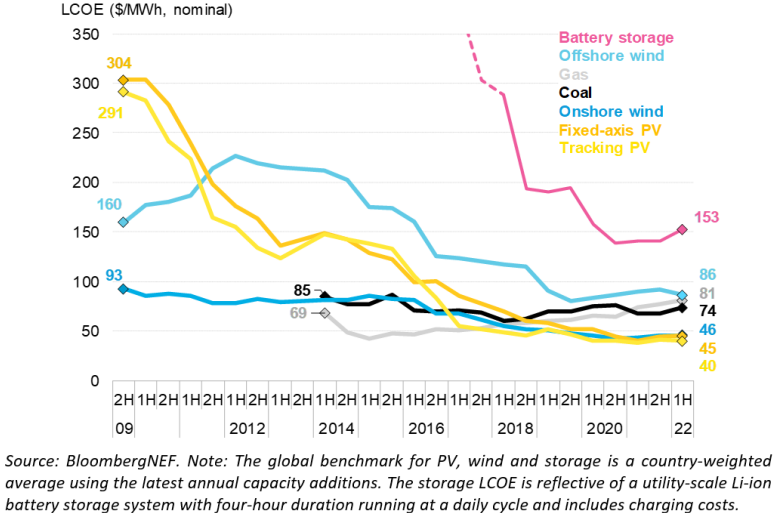PART 1: The first is halting global warming. The second is determining the shape of the next great energy revolution.
If we do this smartly, we can do both; in fact, solving both with the same technological change is likely the shortest path to making timely and sufficient progress toward either goal.
Let’s explore halting global warming first. I think an optimistic view in a historical context is a useful way to proceed. We may be on the verge of the next great energy revolution; this one should halt global warming. There have been several energy revolutions in history: humanoids using fire, harnessing wind, replacing wood with coal, using electricity as a distribution mechanism, and others. But the really big first one was in England and is called the English Industrial Revolution. This happened in two phases: first, replacing wood energy for heat and light with coal energy; second, replacing muscle power with steam power produced by coal (carbon) combustion. The first phase enabled, perhaps caused, the second phase and led to the amazing material abundance we enjoy today.
But there is an increasing cost among all this abundance — the toll that the by-products of coal and other carbon-based energy sources impose on our environment. This produces several environmental crises, of which the most threatening is global warming caused by carbon dioxide dumped into the atmosphere by coal combustion and the carbon successors to coal, natural gas (methane), and oil combustion.
The warming threat raises two essential questions. Are we making sufficient, or even any,
progress on halting global warming? And second, if not given all the efforts, why not?
The answer to “Are we making sufficient progress?” is, unfortunately, easy. We are not. We needn’t belabor this point. Paying attention to the flood of information coming from the International Panel on Climate Change (IPCC), and many experts in this field continue to increase the alarm with every update. A simple way to think about this is asking, “Are we dumping more or less carbon dioxide into the atmosphere this year compared to last?” The answer is always “no, we are emitting ever more carbon dioxide, and the strong evidence is this causes warming and other climate-related dangers.
There are many responses to this building crisis. They are all clearly failing at halting global warming. Let’s explore the root cause of this failure. Basic economics teaches us about price differentials — that low prices replace high prices — and virtually all the responses are expensive prices. There are two results: we have a tough battle replacing cheap (carbon-source) prices with more expensive energy sources; and, the average cost of energy will increase if we are successful. Both results are bad and unnecessary.
Let’s examine the first problem — trying to replace cheap with expensive — using the following data:

The graph is from a Bloomberg report showing the “levelized cost of electricity” by source over time. Levelized cost is essentially the lifetime project cost and should drive investment decisions. Importantly, when correctly including storage costs, both PV (solar) and onshore wind are about three times — 3X — the cost of coal or gas. This makes no purely economic sense and these projects will not be funded unless more heavily subsidized which then lowers their cost.
Recognizing this problem, we do subsidize solar and wind. But notice what we have just done — raised the average cost of energy when including the cost of subsidies. While outside this essay’s scope, raising energy costs reduces economic output and living standards. That is a price most people are reluctant to pay even in the face of imminent disaster.
By now, it should be clear that if we can find a clean, scalable, and very cheap energy source, it will halt global warming far more effectively than anything we are trying now. So now let’s explore how we can do this.
Stay tuned for parts 2 and 3!
